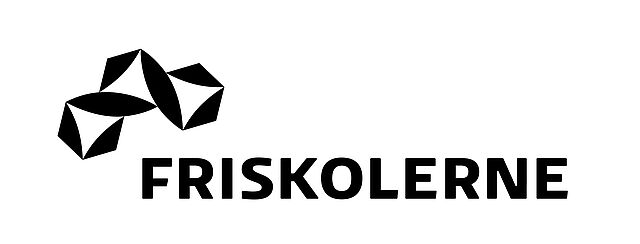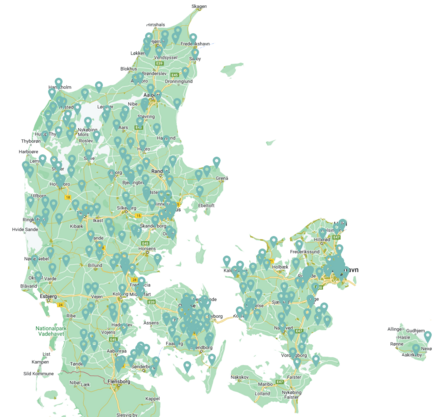Financing of the free schools in Denmark
The free schools are financed partly by grants from the state, and partly by school fees paid by the parents.
See illustration of how the free schools are financed.
Free schools are free to administer their funds in almost any way they like - provided they use the money for the benefit of the school. Only the teachers are paid on a nationally agreed scale. The free schools are non-profit.
Grants
Today, the state grants an amount of money per student equal to 75% of the average expense of a pupil in a municipal school.
The actual grant per pupil varies from one school to another depending on three factors:
- the size of the school (number of pupils)
- the age of the pupils (pupils from 13 years and older release higher subsidy)
- the location of the school
On top of that comes a building grant that contributes to rent, maintainance, construction etc.
Special grants
The schools themselves administer a variety of special grants. Among these are grants towards expenses in relation to teaching of pupils with learning disabilities or other special needs.
Other special grants cover additional grants for the German minority schools in the south of Jutland and grants for parents with a relatively low income, reducing their fee.
School fees
Apart from the subsidy from the state, the free schools receive fees, paid by the parents. Today the average school fee for one child in a free school is 2.050 USD per year. Though, often siblings release a reduction of the fee size. Because all free schools are non-profit, an eventual surplus remains in the school's account.
The structure of the free schools
The majority of free schools have as their supreme authority a "school circle" which consists of the pupils' parents and others who wish to support the school. From this circle, a board is elected. The board is responsible to the Ministry of Education for the running of the school as a whole.
In the free schools, it is of crucial importance that it is the pupils' parents who have the decision-making authority regarding the school.
Another characteristic of the free schools is that parents are active in relation to the school, for example, by attending activities, meetings and by participating in the maintenance and cleaning of the school. In general the staff, parents, and leaders work closely together for the common best and for a sufficient development of each individual child.



